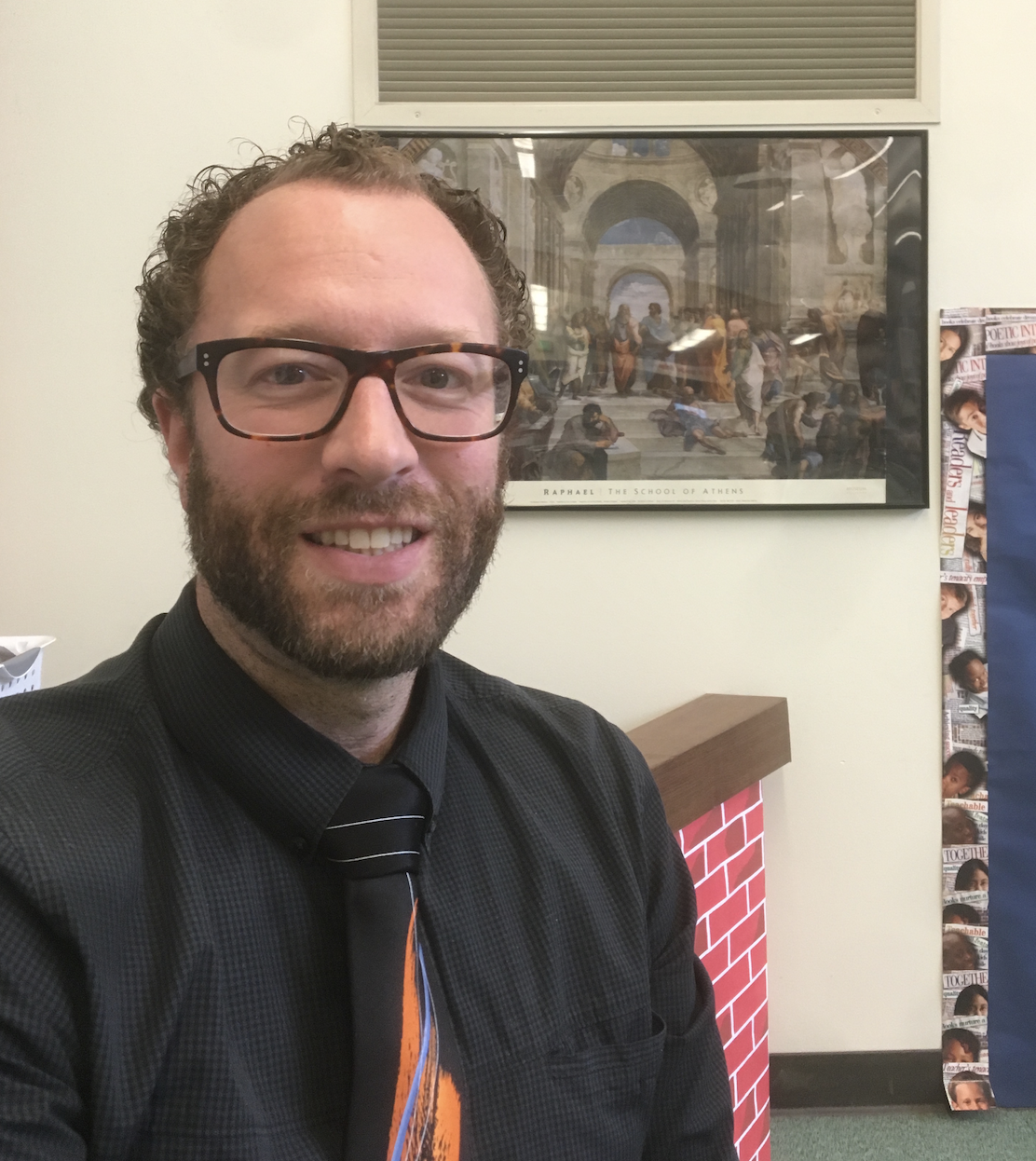By Dr. Darryn Hewson, Contributing Writer
Encounters with God in nature can be a transformative experience. The top of a mountain, a quiet beach listening to the ocean waves, sunlight filtered through the forest canopy–these are incredible places that God created and shared with us, so no wonder we can feel God there. The idea of nature preserves and National Parks is theoretically to preserve the natural beauty of creation (there is, however, a troubling history here to share, perhaps for a different article), but what about the sacred buildings that we create to honor God?
We say that worship is not about buildings, it’s about the people, but if you have ever been in buildings like St. Peter’s Basilica in Rome or the “Duomo” in Milan, Swayambhunath ( a2500 year old Buddhist temple near Kathmandu), Changu Narayan (a 1600-year-old Hindu Temple in Nepal), Al Aqsa Mosque, or the many other architectural majesties across the globe dedicated to the glory of God, there is something to be said for the buildings themselves. Regardless of your religion, if you allow yourself to experience these places as places of worship, you can not help but feel the sacred energy of the place. Even the local church, mosque, temple, or synagogue can evoke similar feelings for those that gather in them.
On a recent trip to Turkey and Palestine, surrounded by ancient places of worship, this thought struck me about what it is we are preserving. The feeling of the divine resides or is perhaps more easily touched in these sacred places. The history of worship passed down, and the intention of their creators built them as a symbol of their devotion and love for God. Perhaps the most well-known structure in Turkey is the Hagia Sophia, an ancient building that has been a church, a mosque, a museum, and now a mosque because people realized it needed to be a place of worship. Standing shoulder to shoulder with a thousand plus worshipers at the Hagia Sophia calling out to the greatness of God is an awe-inspiring experience.
Similarly, praying at Al Aqsa with 5000 others or any other buildings I have mentioned, you cannot help but be moved. These buildings are incredible, and some carry the echoes of millennia of prayers and worshipers. All of these sacred places have been renovated or even rebuilt many times because people feel their significance.
By the same token, on a hike through a valley in Hebron, Palestine, we came across an ancient church, or what was left of one. There was a spring coming out of the mountain and a stone-lined cave built into it that local history tells us was a place of baptism. A few years ago, someone tore down much of what remained of the church, but the spring and place of baptism remain a sacred place to stop and drink pure refreshing water. It is both God-made and human-made/dedicated, and it retains a sense of sacredness even after being torn down, and that sacredness goes beyond anyone one religion. The building was not preserved, but the sacredness lives on.
As we examine our current practices of worship, there is a lesson in these places about what it is that is worth preserving. It is a feeling of touching the divine that cannot be torn down. That is what we need to discover, create, and hold on to—the sacredness of place.





